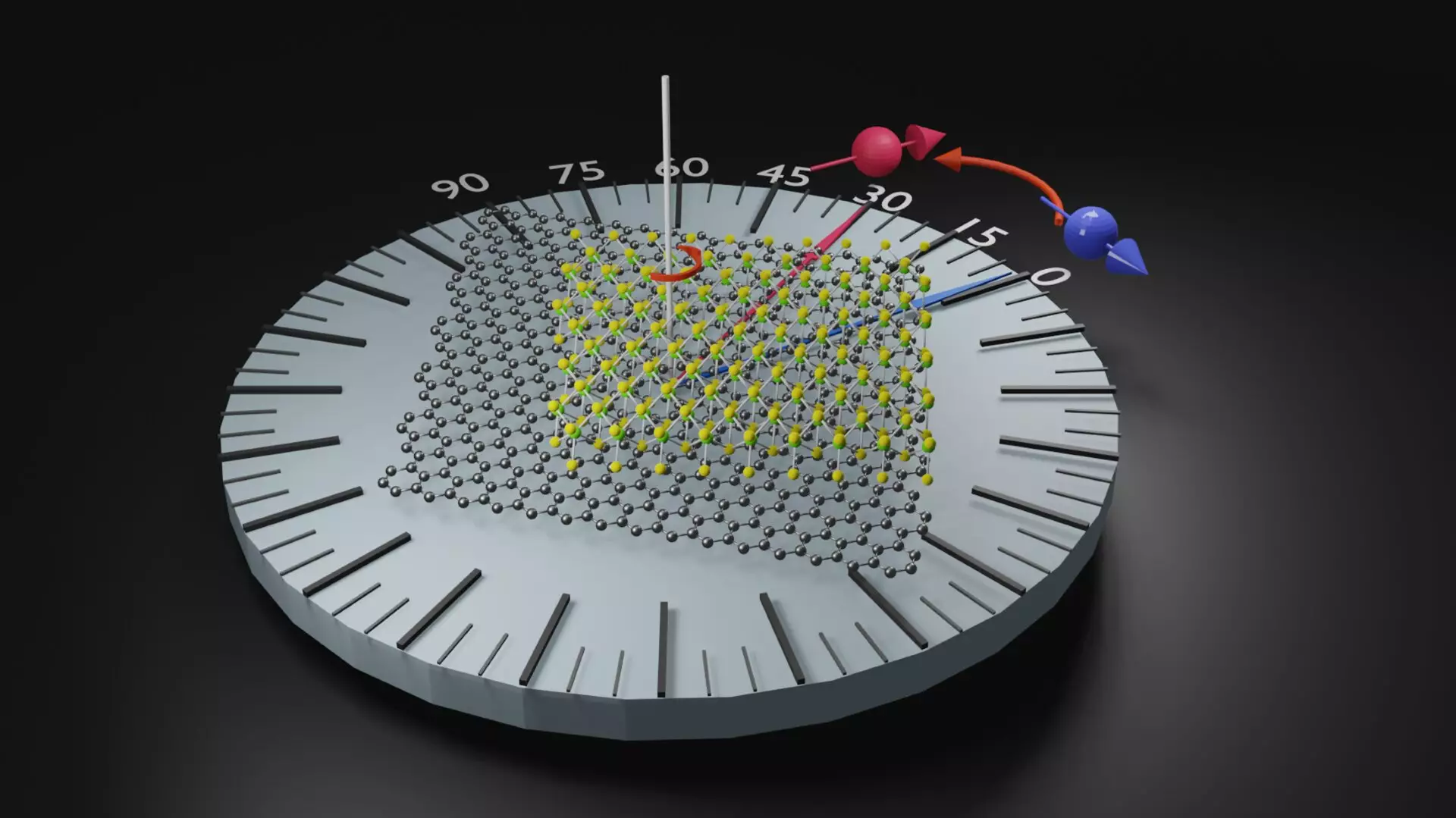In a groundbreaking collaboration between the Charles University of Prague, the CFM (CSIC-UPV/EHU) center in San Sebastian, and the Nanodevices group at CIC nanoGUNE, a new complex material with exceptional properties in the realm of spintronics has been engineered. This transformative discovery, highlighted in the prestigious journal Nature Materials, paves the way for a myriad of innovative opportunities in the design of cutting-edge electronic devices, particularly those amalgamating magnetic memories into processors.
The emergence of two-dimensional materials possessing distinctive characteristics has spurred a surge of interest in the scientific community, especially when these materials are stacked to form a heterostructure. Recent findings have unveiled that even minute rotations of these stacked layers can trigger profound alterations in the properties of the heterostructure, thus unlocking novel avenues for exploration.
Professor Félix Casanova, an esteemed researcher at Ikerbasque and co-leader of the Nanodevices group at nanoGUNE, spearheaded the experimentation involving the stacking of two layers of graphene with tungsten selenide (WSe2). Casanova elucidated that by precisely aligning and rotating the two layers, a spin current can be induced in a specific direction, marking a significant advancement in the manipulation of spin in electronic systems.
Spintronics, a nascent field of electronics that harnesses the spin of electrons for information processing, has been plagued by challenges associated with managing spin currents effectively. However, the recent study led by Casanova dispels these limitations by showcasing that employing suitable materials and a strategic twist in the layering process can engender unprecedented spin-related properties that transcend the intrinsic qualities of the individual components.
The utilization of two-dimensional materials in the domain of spintronics represents a paradigm shift in the design and functionality of electronic devices. By exploring the intricate interplay between material composition and atomic arrangement, researchers have unlocked a treasure trove of opportunities for creating next-generation electronics with enhanced performance and functionality. The collaborative efforts of various research institutions have demonstrated the immense potential of multidisciplinary research in driving innovation and pushing the boundaries of scientific exploration.


Leave a Reply